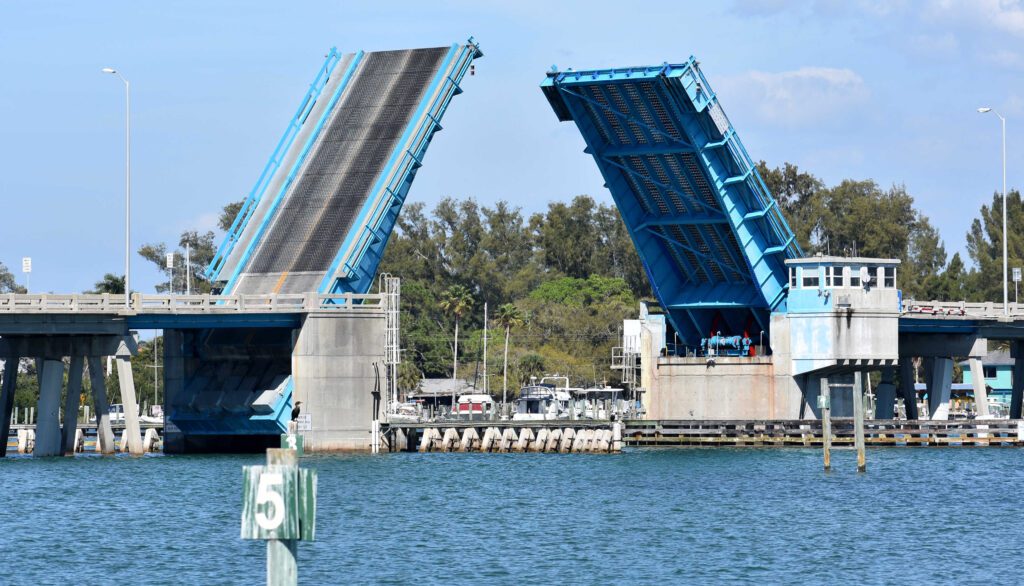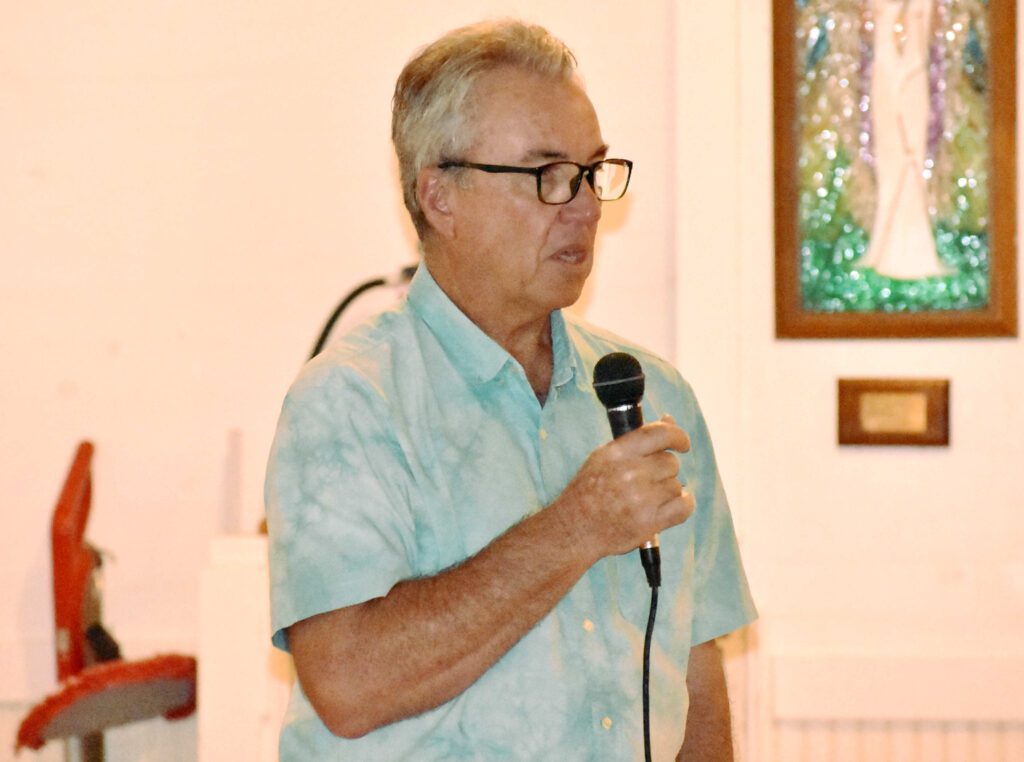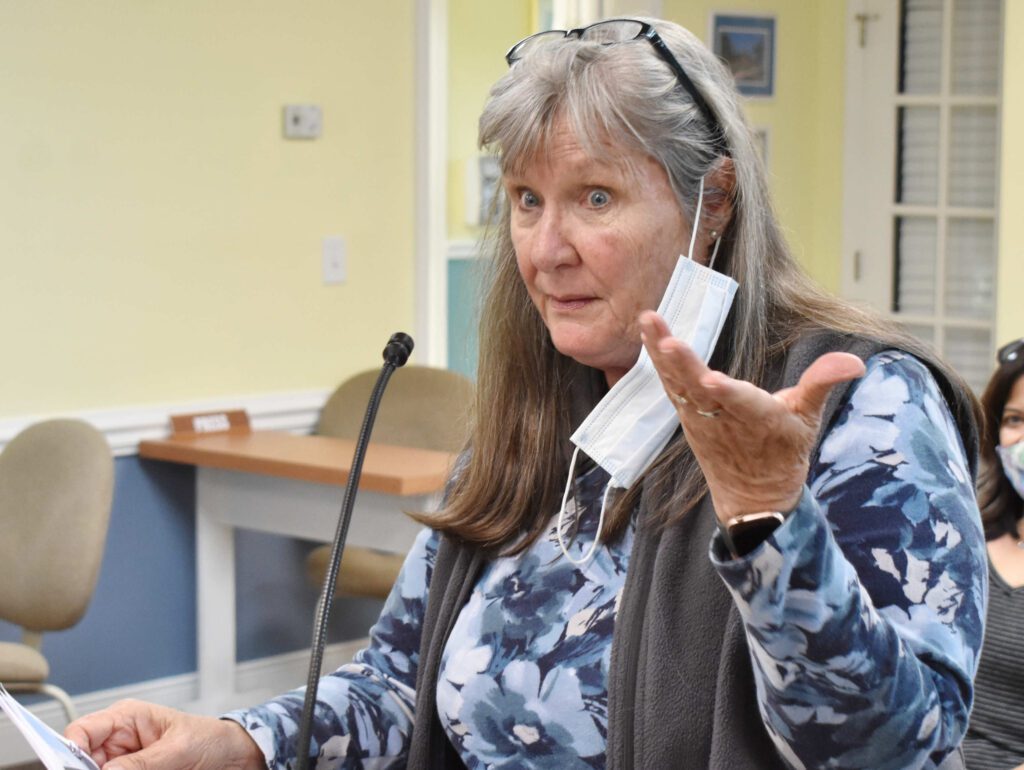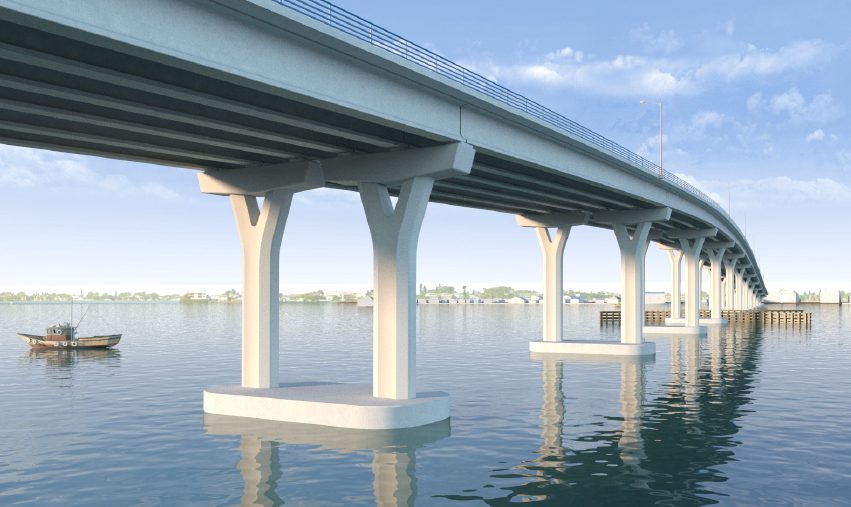CORTEZ – U.S. Magistrate Judge Anthony Porcelli has ruled against the four plaintiffs opposing the Florida Department of Transportation’s (FDOT) plans to construct a fixed-span bridge between Cortez and Bradenton Beach, granting FDOT’s motion for summary judgment.
With construction slated to begin as early as 2026 according to FDOT officials, the fixed-span bridge will provide 65 feet of vertical clearance for vessels passing under it.
The new bridge will replace the aging drawbridge that currently provides 17 feet of vertical clearance when the bridge is down.
As noted in Porcelli’s order, “The existing Cortez Bridge was constructed in 1956 to replace the original 1921 wooden bridge connecting Anna Maria Island with the mainland in Manatee County. As constructed, the existing Cortez Bridge consists of an undivided, two-lane, low-level bascule (drawbridge) structure. The results from several bridge inspection reports conducted since 2008 show that the Cortez Bridge has become functionally obsolete and structurally deficient.”

In the United States District Court Middle District of Florida’s Tampa Division, Porcelli issued his 57-page written order on Aug. 5. The order pertains to the complaint for declaratory and injunctive relief the plaintiffs filed in 2020.
The plaintiffs in the legal action are former Manatee County Commissioner Joe McClash, former Manatee County Commissioner and Cortez resident Jane von Hahmann and Cortez residents Linda Molto and Joe Kane. The complaint names FDOT and FDOT Secretary Kevin Thibault as defendants.
In part, the plaintiffs sought from the federal court:
- A declaratory judgment that FDOT, when deciding on a fixed-span bridge, violated the National Environmental Policy Act (NEPA) and the Administrative Procedure Act.
- An order to vacate the acceptance/approval of FDOT’s Location and Design Concept Acceptance for a 65-foot-high fixed-span bridge that would have significant impacts on the surrounding community.
- An order to vacate FDOT’s Type 2 categorical exclusion determination.
The plaintiffs also sought a 35-foot drawbridge option as a viable bridge replacement alternative that would not cause the same significant impacts as a 65-foot high, fixed-span bridge.
According to Porcelli’s order, the plaintiffs challenged FDOT’s decision to replace the existing 17-foot-high drawbridge with a 65-foot-high, fixed-span bridge, and FDOT’s decision to forgo an environmental impact statement or an environmental assessment and proceed instead using a categorical exclusion to the National Environmental Policy Act.
The plaintiffs contended FDOT violated the act by arbitrarily and capriciously relying on
an inapplicable categorical exclusion to exempt a major federal action – the construction of the new bridge – from FDOT’s obligation to perform either an environmental impact statement or an environmental assessment. Case law cited in Porcelli’s order
notes the National Environmental Policy Act establishes procedures for agencies to follow when addressing environmental impact issues and procedures.
“NEPA regulations authorize the use of exclusions for those categories of actions which do not individually or cumulatively have a significant effect on the human environment, and which have been found to have no such effect in procedures adopted by a federal agency in implementation of these regulations,” according to Porcelli’s order.
“Plaintiffs contend the Cortez Bridge Replacement Project does not qualify for a categorical exclusion, but FDOT disputes that contention. FDOT contends that the Cortez Bridge replacement project satisfies the criteria for a categorical exclusion,” according to Porcelli’s order.
Plaintiff reactions
When asked about continuing to challenge to fixed-span bridge, McClash said a potential appeal is possible.

When contacted by email, von Hahmann was more animated in her response to Porcelli’s ruling.
“Very sad and very discouraged,” von Hahmann wrote in her response to The Sun. “I feel like there is no road for the general citizenry to take to have their voices and concerns heard at any level of government anymore. I say that because we were involved as citizens from the get-go. In this last go-around, which started in 2013, we continually and consistently voiced our concerns and objections to a high-level fixed-span bridge.
“In fact, during public meetings held regarding this bridge, the vast majority of those who have to live with this atrocity asked that a lower level, less impactful choice be made. All total, there were 1,229 public comments received on the bridge. Of those, 863 citizens (70%) chose the no-build/rehab option or a 35-foot bascule bridge (drawbridge) replacement and 366 citizens (30%) chose a 65-foot, high-fixed bridge. The bottom line is residents of Cortez and Anna Maria Island, especially Bradenton Beach, be damned,” von Hahmann wrote in her response.
In 2021, McClash and von Hahmann asked the Bradenton Beach City Commission to join the legal challenge as co-defendants. The city commission declined that request.

In response to Porcelli’s order, Von Hahmann was asked if she’ll continue challenging the fixed-span bridge.
“No, I am done. I no longer believe we as citizens can challenge the government at any level and win,” she responded.
































